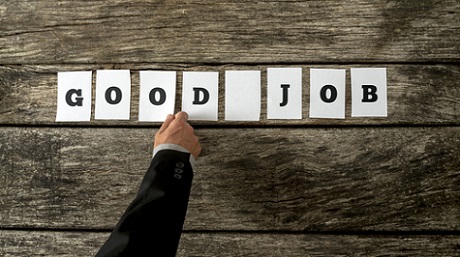9 rules that define modern employee recognition
This is especially important in organisations with an increasing proportion of Generation Y’ers and millennials, who respond to recognition and praise more than monetary reward.

Modern recognition combines communication, recognition and a consumer grade experience. Forward-thinking companies understand the commercial benefits of adopting this approach and the direct linkage to employee engagement which ultimately drives business success.
A personalised employee experience helps to improve productivity, enhance engagement, change company dynamics and influence a positive cultural change.
Using a recognition and reward platform to incentivise staff and to encourage the team to recognise each other’s good work delivers a positive impact on employees’ engagement with the business. Although there is no one size fits all solution, the new, modern generation of recognition and reward tools help with staff retention and productivity to build you a more vibrant brand.
Nine characteristics that enable a modern recognition and rewards platform
Gartner, the information technology research and advisory company, define nine characteristics that enable a modern recognition and rewards platform (Technology Overview for Employee Reward and Recognition software – June 2015):
- A consumer-grade user experience designed for the givers and recipients of recognition and related rewards.
- Gamification concepts, such as the award of badges, points or other visual indicators of recognition; leader boards; and support for periodic challenges or campaigns.
- Mobile access for givers and receivers, leveraging the native capabilities of the mobile device (such as the ability to capture and attach images and videos as evidence of the recognised behaviour, as well as swipe gestures for ease of navigation and data entry).
- A fulfilment engine for the rewards component of the programme, including gift cards, merchandise selection and points redemption.
- Flexible administration of business rules associated with the process.
- For monetary rewards, real-time reporting of the value being rewarded against budget and reporting capabilities for tax purposes, if applicable.
- For non-monetary rewards, such as kudos, reporting on how many recognition or 'shout outs' are being given (volume and trending levels, segmentation analysis, and so forth).
- Reporting on who gives or receives; how often an employee gives or receives; and the ability to summarise this information as input into wider HR processes, such as performance appraisals.
- Integration flexibility to standard HR systems of record through the use of flat files, APIs or Web services.
This article was provided by WorkAngel.






